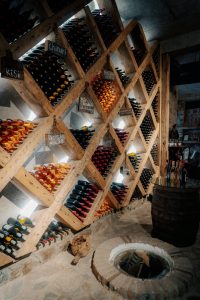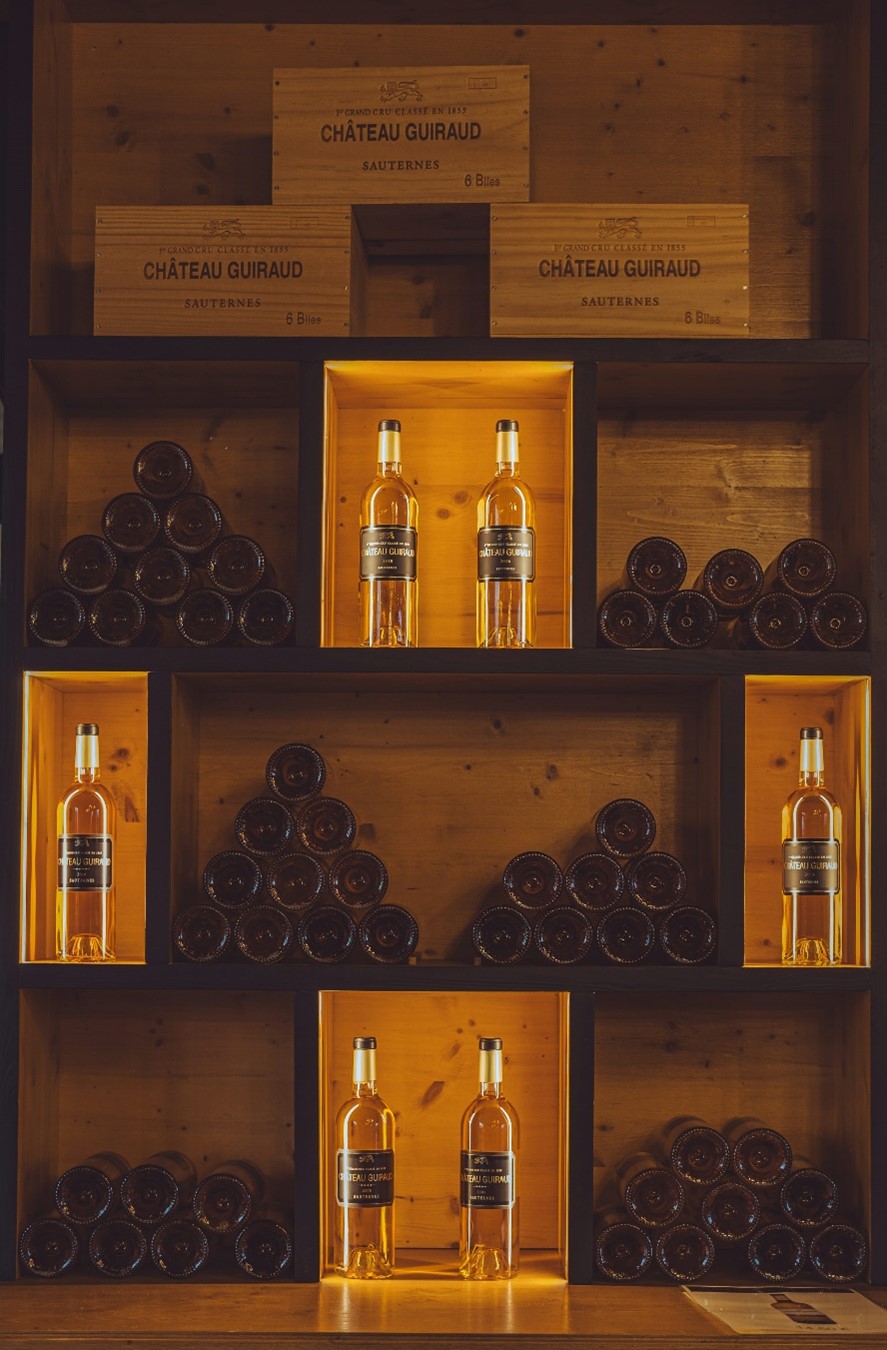Creating a wine cellar goes beyond simple storage—it’s about crafting a personal space where your collection can mature and be appreciated.
A thoughtfully designed wine cellar not only preserves your wines but also adds sophistication to your home.
Selecting the Ideal Location

Choosing the right spot for your wine cellar involves more than just picking an unused area.
The space you choose should support the natural conditions required for wine aging.
Basements often work well due to their stable environments, but if your home lacks a basement, consider above-ground options with caution (source).
- Avoid areas exposed to sunlight or near heat sources to prevent temperature fluctuations.
- Concrete or tile flooring is preferable as it helps maintain a cool environment.
- Ensure the walls can support necessary racking, and avoid spaces with heating or plumbing systems.
Takeaway: The right location safeguards your wines, helping them age without unnecessary disruptions.
Climate Control: Protecting Your Collection
Maintaining proper temperature and humidity is essential for wine preservation.
While the recommended temperature is between 55°F and 58°F, some wines benefit from slight variations.
- Highly tannic wines might age better at the cooler end, while delicate whites could be stored slightly warmer.
- Humidity control typically stays between 60-70%, but adjust based on your region’s climate.
- Insulate with rigid foam and spray insulation for a reliable barrier against temperature shifts (source: Winecellarhq.com).
Quick Tip: Proper climate control not only preserves but enhances the natural aging process of your wines.
Design with Purpose: Blending Form and Function

A well-designed wine cellar merges aesthetic appeal with practicality. Racking should accommodate various bottle sizes and offer flexibility for future acquisitions.
- Consider custom racking to match your cellar’s design with the rest of your home.
- Mix materials like wood and metal for a stylish and functional space.
- Incorporate elements like coffered ceilings or decorative finishes for added elegance.
Real-life insight: Thoughtful design transforms your cellar into a place where your passion for wine is reflected in every detail.
Lighting: Highlighting Without Damaging

Lighting in a wine cellar needs to strike a balance between functionality and protection. LED lights are ideal due to their low heat output and customizable options.
- Ambient lighting provides general illumination.
- Accent lighting showcases special bottles or sections of your collection.
- Dimmable lights and motion sensors reduce unnecessary light exposure.
Pro Tip: The right lighting not only enhances visibility but also contributes to the cellar’s inviting atmosphere.
Organizing Your Collection: Balancing Accessibility and Visual Appeal

Proper organization of your wines makes a significant difference in how you experience your collection. Grouping bottles by varietal, region, or aging potential allows for easy access.
- Create a rotational system to consume older vintages first.
- Use digital inventory systems to track your collection and monitor drinking windows.
- Add custom labels or engraved tags for an organized and visually appealing display.
Organization Tip: A well-planned system keeps your collection organized and ensures that every bottle is e
Insulation & Ventilation: Protecting Quality Behind the Scenes
Insulation and ventilation are vital to a wine cellar’s success. Insulation not only maintains temperature but also protects against external vibrations, which can disturb aging wines (source).
- Use closed-cell foam and fiberglass for an ideal environment.
- Ensure doors are insulated and fitted with proper seals to prevent air leaks.
- Implement an air exchange system to prevent musty odors or mold, which can ruin your collection.
- Ensure the door has no leaks (source).
Insight: These unseen elements are essential to preserving the quality and integrity of your wine collection.
Personalizing Your Space: Adding a Personal Touch
A wine cellar should feel like an extension of your personal taste. Beyond practical considerations, think about what makes the space uniquely yours.
- Display corks, maps, or create a decanting station to add character.
- For entertainment, add a tasting table with integrated storage for glasses or decanters.
- Custom cabinetry can house tasting notes, vintage books, or special glassware.
Final Thought: Your wine cellar is a reflection of your appreciation for fine wine, and a well-personalized space makes it even more meaningful.
Building a wine cellar is a rewarding endeavor that reflects both your appreciation for fine wines and your attention to detail. By focusing on the right location, climate control, thoughtful design, and personal touches, you create a space where your collection can be enjoyed to the fullest.

